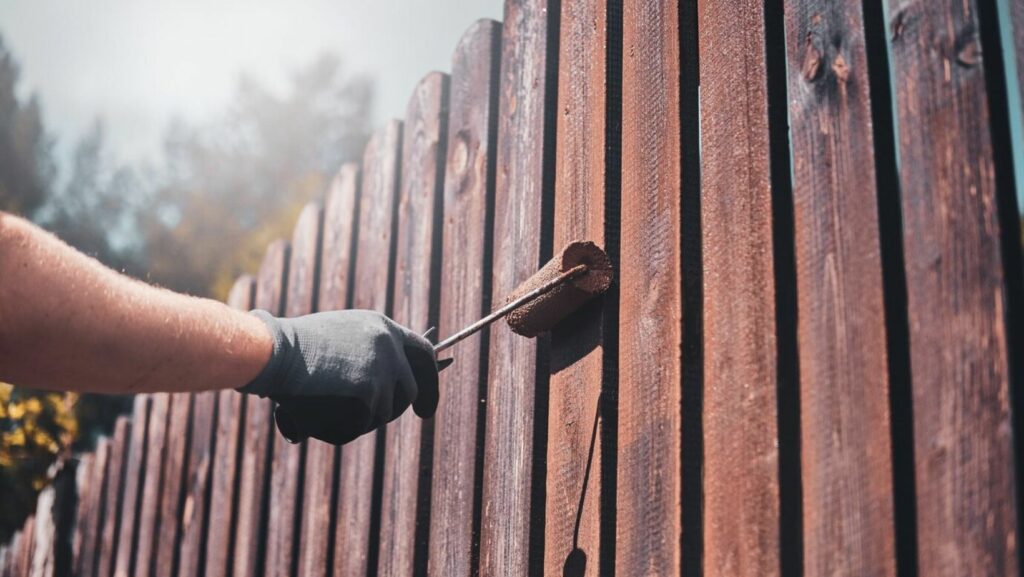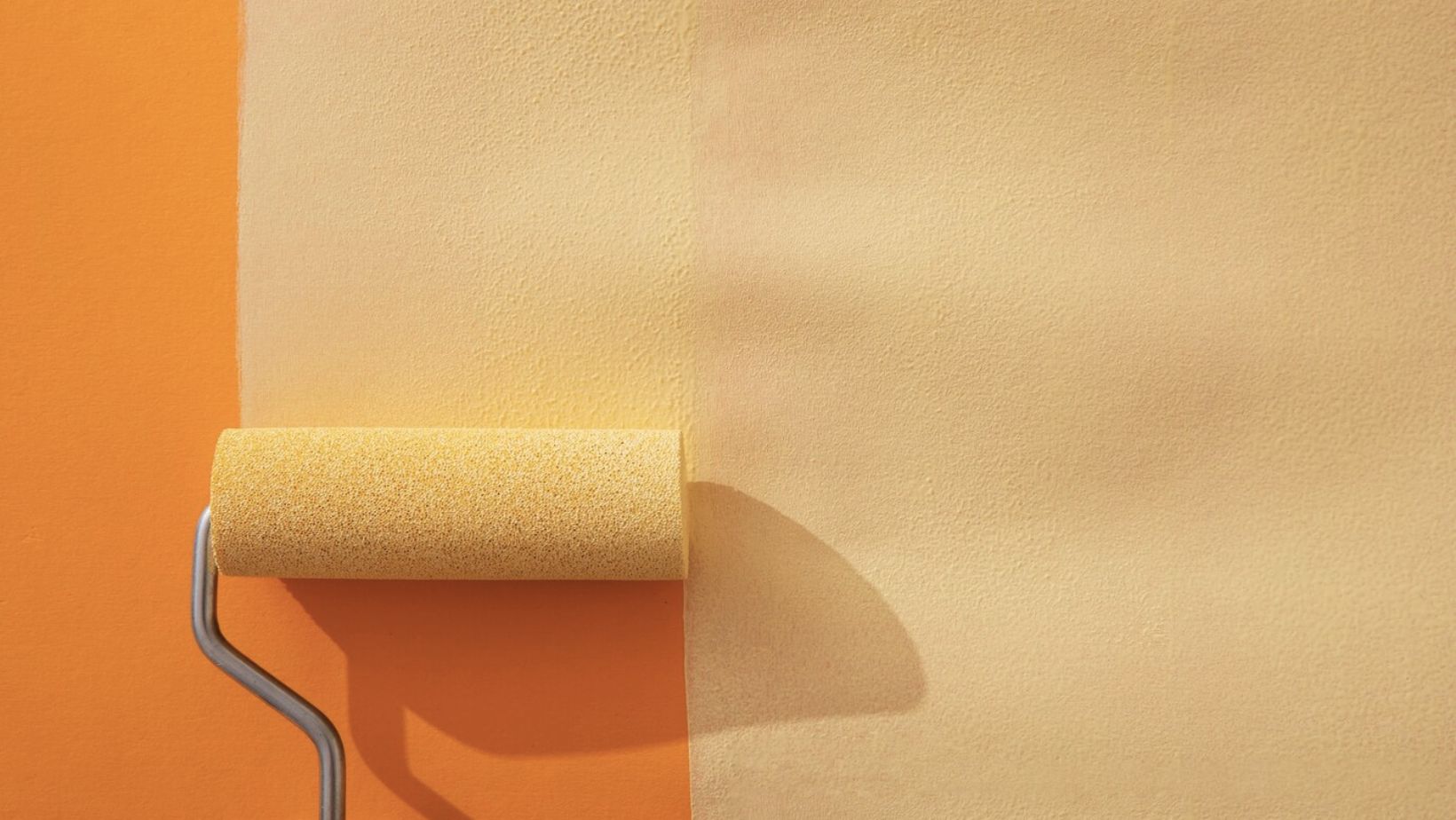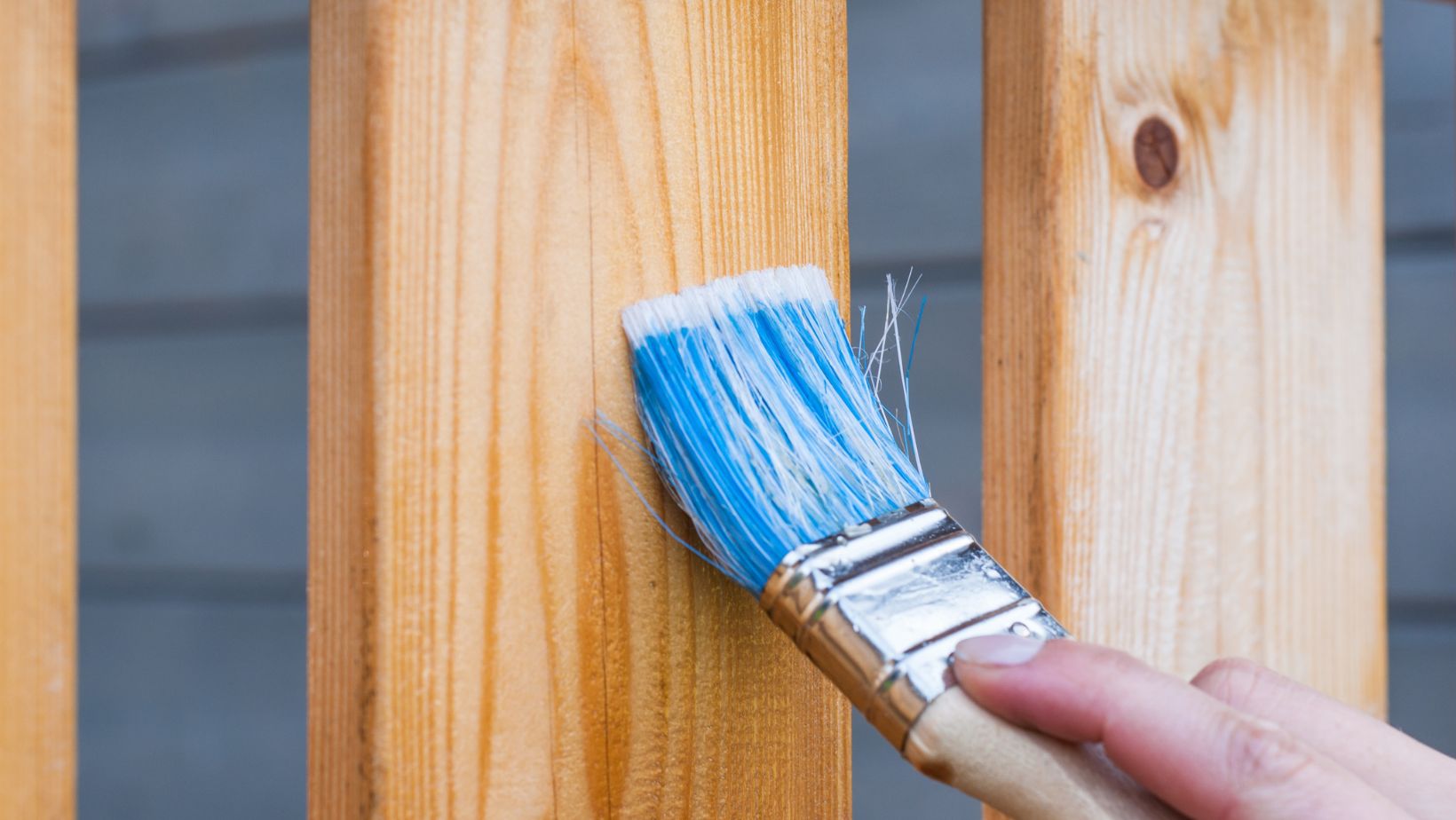Boulder, Colorado, reveals a vivid picture of natural beauty. Within its scenic tapestry, homeowners strive to maintain the aesthetic allure of their residences, with the exterior acting as the first impression. However, its distinctive climate, marked by temperature swings, high altitudes, and intense sunlight, presents a canvas of challenges for those trying to preserve the exterior paint of their homes.
Let us examine Boulder’s weather intricacies and decipher their impact on exterior house painting.
Specific Weather Challenges in Boulder
- Temperature Fluctuations – The high altitude contributes to noticeable temperature variations. Balmy days can give way to chilly nights, impacting exterior paint’s drying and curing processes.
- High Altitude and Intense Sun Exposure – Because it is elevated above sea level, Boulder experiences heightened sun exposure. This intense sunlight can accelerate paint fading and deterioration, necessitating UV-resistant paint.
- Potential for Sudden Weather Changes – Boulder is no stranger to abrupt weather changes. Unpredictable rain or early snowfall can present challenges during exterior painting projects, demanding adaptability in planning.
Impact of Weather on Exterior Paint
The interplay of temperature, altitude, and weather unpredictability significantly influences the performance of exterior paint. Homeowners must comprehend these dynamics to address issues such as peeling, fading, and diminished protection for their home’s exterior surfaces.
In the upcoming sections, we will explore the ideal conditions for exterior painting in Boulder and offer strategies for overcoming the challenges and achieving a durable, aesthetically pleasing finish.
Ideal Paint Conditions in Boulder
The success of an exterior painting project in Boulder hinges on selecting the right time of year. Moderate temperatures are ideal, typically ranging between 50°F and 85°F. These conditions facilitate proper paint adhesion and curing, ensuring a durable finish. You can explore more about making paint stick here.
Boulder’s arid climate means lower humidity levels, which can impact the drying time of paint. While lower humidity is generally favorable for painting, striking a balance is crucial. Excessively dry conditions might lead to premature drying of the paint, affecting its quality.
The ever-present mountain winds in Boulder necessitate careful consideration of wind speed and direction during exterior painting. High winds can lead to uneven application, premature drying, and debris sticking to wet surfaces. It is advisable to plan projects during periods of calmer weather.
Here are some seasonal considerations you can take note of.
Spring
- Mild Temperatures and Moderate Humidity – Spring’s mild temperatures and moderate humidity provide optimal conditions for exterior painting. The combination facilitates proper color drying and curing.
- Preparing for Potential Spring Showers – While spring is ideal, homeowners should be mindful of rain showers. Planning around the weather forecast is crucial to avoid interruptions and achieve a flawless finish.
Summer
- Bracing for Warm Weather – Summer’s warmth may accelerate drying, making it tempting to paint. However, precautions are necessary to prevent issues such as blistering. Painting early in the morning or late in the afternoon can mitigate the impact of intense heat.
- Importance of Scheduling Around Extreme Heat – Scorching days can pose challenges, including rapid drying and potential application issues. Scheduling projects during milder summer days is advisable.
Fall
- Mild Temperatures and Reduced Humidity – Fall offers favorable conditions with mild temperatures and reduced humidity. This combination supports excellent paint adhesion and drying.
- Addressing Potential Early Snowfall – While fall is generally conducive to painting, homeowners should monitor weather forecasts for early snowfall. A proactive approach ensures projects are completed before winter’s onset.
Winter
- Risks Associated with Winter Painting – Due to colder temperatures and potential snowfall, winter poses challenges for painting and requires careful consideration of specialized colors and techniques.
- Special Considerations for Cold Weather Projects – Specialized winter paints, ensuring they can cure in colder temperatures, and protective measures against frost are essential for successful winter painting projects.
Preparation and Maintenance Tips
Thorough surface preparation is the foundation of a successful exterior painting project. In Boulder’s climate, where temperature and humidity can fluctuate, ensuring surfaces are clean, dry, and free from contaminants is crucial for paint adhesion. An article at www.thisoldhouse.com emphasizes the importance of prepping and regular maintenance, including inspections for peeling or fading, prompt repairs, and occasional touch-ups, in significantly extending the life of your home’s exterior color.
Priming and sealing are essential steps in protecting your home’s exterior in Boulder’s dynamic climate. Primer enhances adhesion, while sealing provides an additional barrier against moisture, ensuring a resilient and long-lasting finish. The weather may test the resilience of your exterior paint over time.
The Benefits of Hiring Professional House Painters
Expertise in Navigating Boulder’s Specific Climate Challenges
Professionals like Foothills Painting Boulder house painters bring a wealth of experience dealing with its unique climate. Their expertise allows them to navigate temperature fluctuations, intense sunlight, and sudden weather changes, ensuring a smooth and successful painting process.
Access to High-Quality, Weather-Resistant Paints
Professionals can access a range of high-quality colors specifically formulated to withstand Boulder’s conditions. These types offer superior durability, UV resistance, and moisture protection, enhancing the longevity of the exterior finish.
Efficient Project Management and Timely Completion
Expert painters understand the importance of timing in Boulder’s ever-changing weather. Their efficient project management ensures timely completion, minimizing the risk of weather-related disruptions and delivering a finished product that stands the test of time.
Cost-Effectiveness in the Long Run Through Reduced Maintenance Needs
While professional services may have an initial cost, the long-term benefits often outweigh the investment. For example, professionally painted exteriors require less maintenance over time, which can result in cost savings through fewer touch-ups and repairs.
As we draw brushstrokes on our exploration of exterior house painting in Boulder’s climate, it is evident that mastering the art and science of this endeavor is essential for homeowners seeking enduring beauty. The climate, with its nuances and challenges, requires thoughtful planning and strategic decisions to ensure the longevity and quality of your home’s exterior color.
Whether you choose the ideal painting season, select the right type, or entrust the project to professional house painters, the investment you make today will yield dividends in the form of a vibrant, resilient exterior that weathers the seasons with grace.




More Stories
A Quick Guide on Finding the Right Garage Door Opener for the Home
Transform Your Yard with Artificial Grass Landscaping
6 Practical Ways Healthy Habits Can Transform Your Home and Life